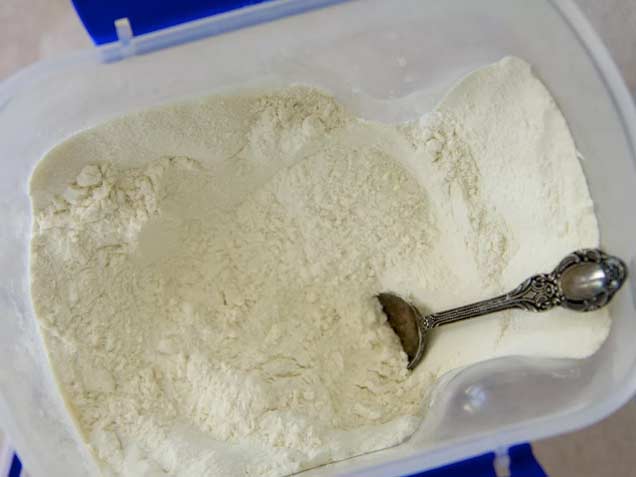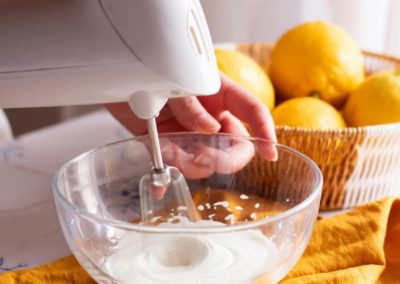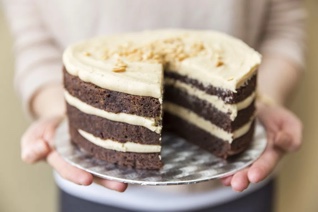
HOW TO: TIPS & TRICKS
WHICH FLOUR SHOULD I USE?

Which flour should I use?

Can standard flour be used for bread and cookies? And what is the difference between high grade flour and standard flour?
We’re about to find out.
My sister who is an experienced baker told me the other day that she uses high grade flour for all of her baking.
“It’s ‘high grade’ so I figure it must be good!”
That’s a perfectly good assumption as there is no other explanation for it on the packet. But unfortunately ‘good quality’ is not what it is referring to.
We don’t have that many different types of flour in New Zealand compared to some other countries but as my sister’s example above and most likely many others have found, NZ flours can be confusing! Which flour should we be using when baking?
The answer lies in the protein content of the flour.

Flours with a high protein content create more gluten than flours with a low protein content. Although gluten is important for the structure of all bakes, too much of it will create a chewy, tough texture.
So, when baking cakes, cookies, pastry and slices choose a flour that is low in protein – the lower the better. In these baked goods, we want just enough gluten to form a structure but that’s it. Lowering the protein content will help to create a super light, airy and fluffy texture.
Bread is the only baked good that I can think of where you would want a high protein flour. Bread is delicious when the crust is crunchy and the inside is chewy and slightly tough. This is why we knead bread – to work the gluten so that the gluten strands become stronger and stronger. We do the opposite when making muffins, cakes etc. as we don’t want them to be tough and chewy.
American’s made it super easy and labeled their flours with names that make sense e.g.:
Cake flour for cakes, bread flour for bread, pastry flour for pastry etc.
Us Kiwi’s decided to call ours plain flour, high grade flour, and self-raising flour as our main types.
So which flour should I use?
Types of Flour

Here’s a list of common flours that can be found on the shelves of supermarkets in NZ:
Plain Flour
Also known as ‘standard flour’ and is perhaps the most widely used. It has no raising agent and is made from milled wheat. It’s fine texture enables it to be able to hold more liquid which makes it great for cakes, cookies, and muffins because it creates a finer texture in the baked product. Plain flour has a low protein content.
Wholemeal Flour
This flour is a lot better for us than plain flour as it contains 100% of the wheat grain, including the bran, making it higher in fibre and other nutrients. It can be used just like plain flour but it absorbs more water than plain flour so substitute with caution. It creates a delicious earthy flavour to baked goods. Wholemeal flour has a low-medium protein content.
Self-raising Flour
This flour is a mixture of plain flour and a raising agent, and because it is combined commercially, it is great for when making cakes and cookies as the raising agent is evenly distributed within the flour so helps baked goods to leaven nicely. You can also make your own self-raising flour at home easily by whisking and sifting 1 teaspoon of baking power together with 1 cup plain/wholemeal flour. Self-raising flour has a low protein content.
High Grade Flour
Sometimes also called ‘bread flour’, ‘strong flour’ or ‘baker’s flour’ and is made from semi-hard wheat. It has a medium to high protein content and is used for breads as it helps to create elasticity in bread. High grade flour has a high protein content – at least it should. Some brands of high grade flour have a low protein content, so use with caution 🙂 .
So, in short. The answer to ‘which flour should I use?’ is simple:
Choose low protein flour for cakes, cookies, muffins etc. and use high protein flour for bread.

YOU MIGHT BE INTERESTED IN
![]()









